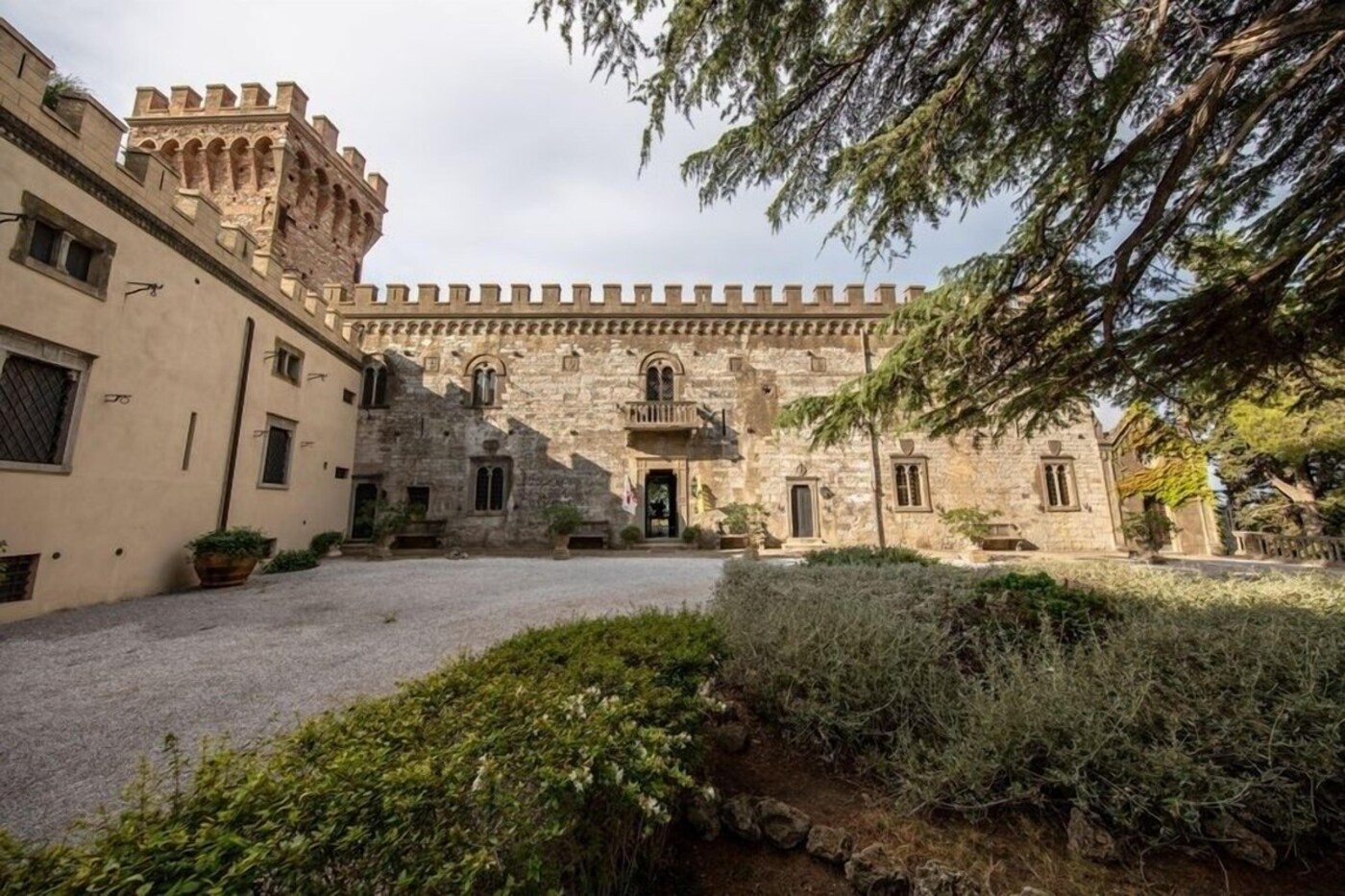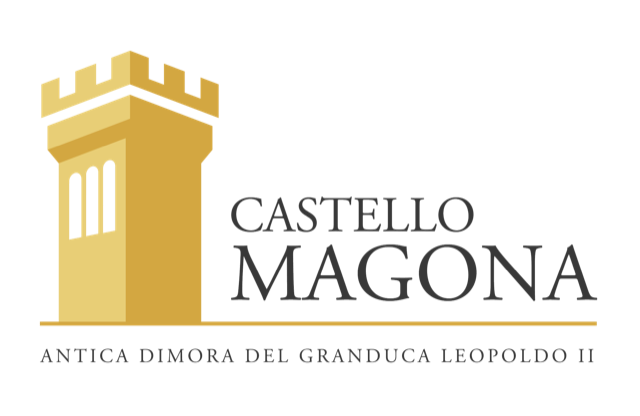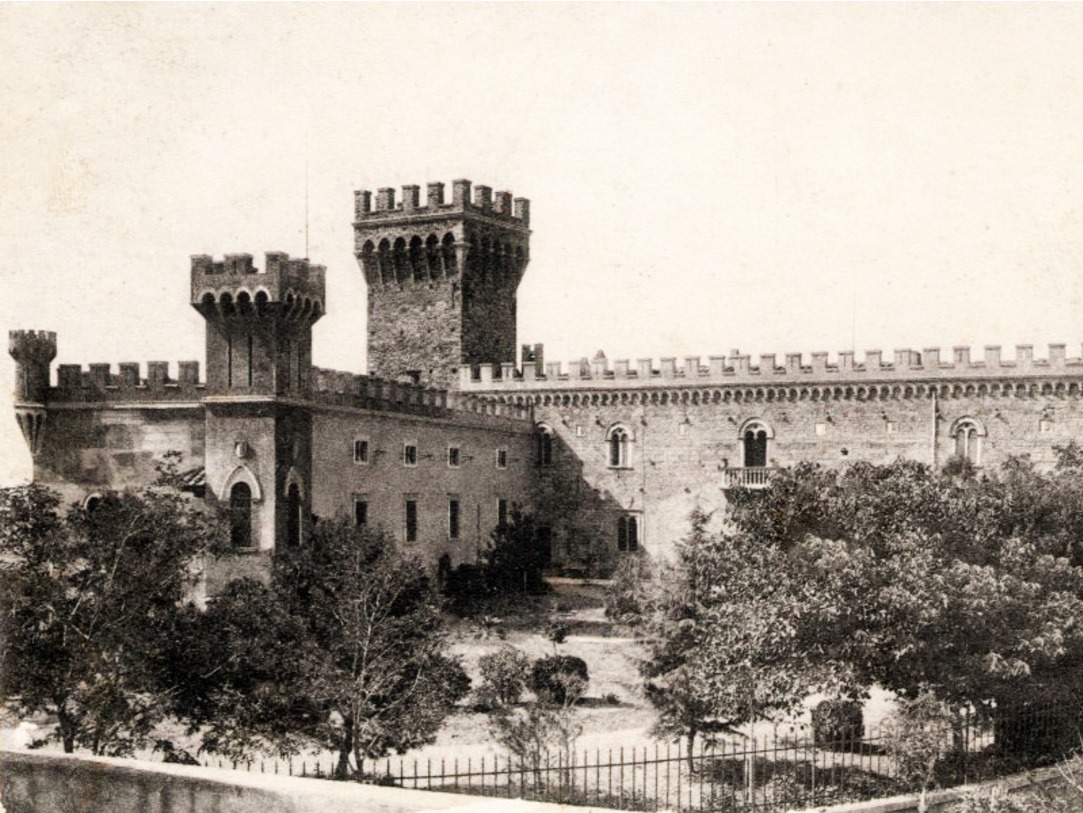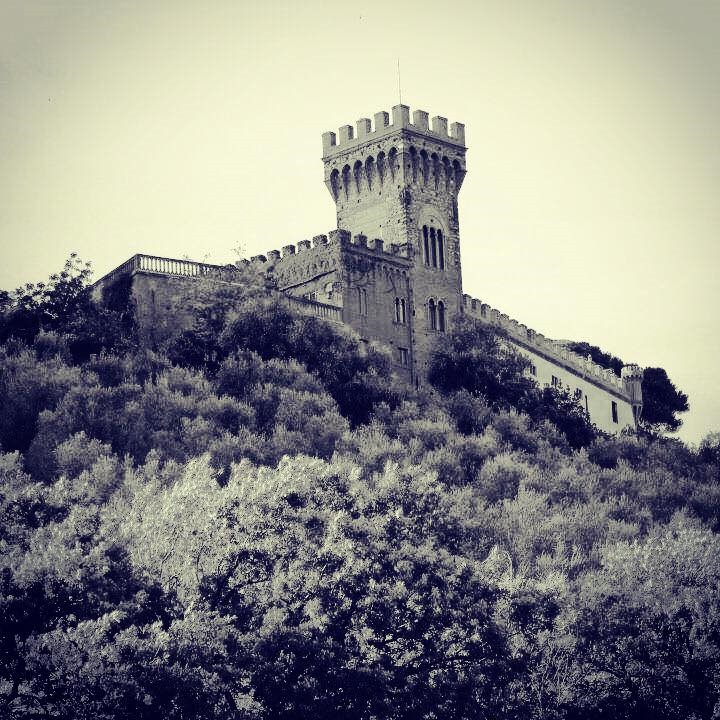
Medieval origins (circa 1000)
The Magona Castle was born around the year 1000, probably as a watchtower or defensive structure. Its strategic position, between hills and sea, made it an integral part of the system of fortifications that protected the Tuscan Maremma from incursions and guaranteed the control of communication routes. At this stage, the castle had an essential architecture and a purely military function, typical of medieval buildings.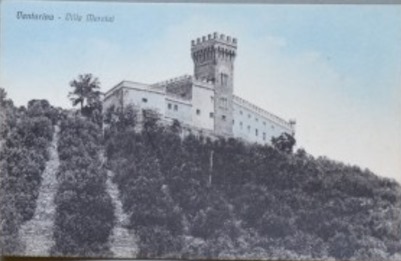
Renaissance period
During the Renaissance, the castle lost its role as a defensive bulwark to become a prestigious rural residence. It was expanded with refined architectural elements such as loggias, inner courtyards and decorations that made it more suitable for civil and noble life.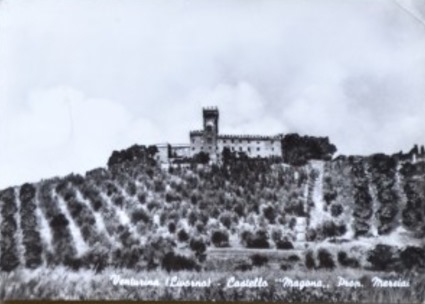
The transformation of the nineteenth century and the era of the Grand Duchy
In the 19th century, under the Grand Duchy of Tuscany, the Lorena family renovated the Castello Magona, turning it into a representative residence. The Grand Duke Leopold II of Tuscany, called "Canapone," often used it as a residence during his trips to Maremma. Promoter of the reclamation that freed the area from swamps, made the castle a symbol of the rebirth of the territory, hosting here the court during official visits.